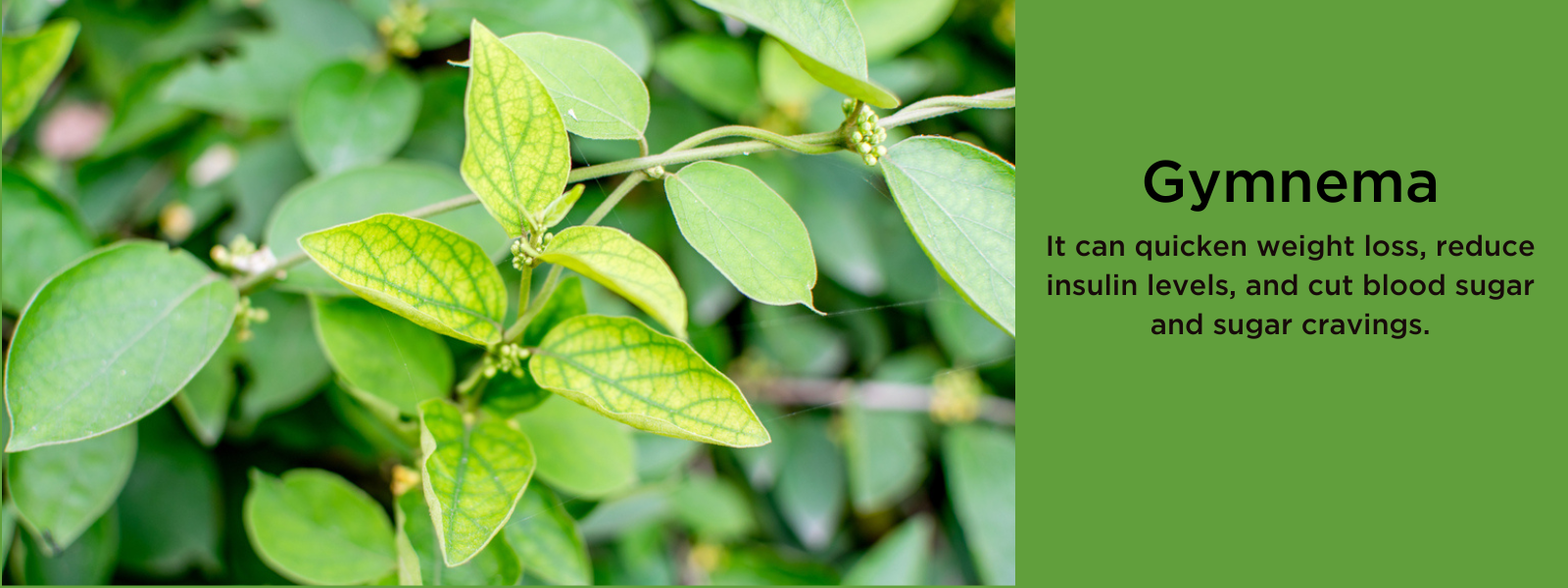Germander is a member of the mint family and is a native of West Asia, North Africa, and Mediterranean Europe. Germander is a plant with a pleasant scent and purple and pink blossoms that is frequently planted for its aesthetic value alone, but it also has a long history of use in herbal medicine.
Table of Contents
The term "germander" refers to roughly 250 species of plants in the mint family (genus: Teucrium), which have been used for centuries in herbal teas. More recently, a germander extract has been promoted as a supplement for managing diabetes, hyperlipidemia, and weight loss. Germander extracts have been connected to numerous cases of clinically obvious liver damage, which can be serious and have fatal consequences.
What is germander?
Germander is made from the aerial portions of Teucrium Lamiaceae, a perennial fragrant plant that has been used for generations in Europe to heal inflammatory and digestive conditions. Germander is very extensively used in gardening because of its regular shape and lovely flowers. Only a few species have been used as natural remedies. It was claimed that germander (Teucrium chamaedrys) was helpful for inflammatory disorders like fever, arthritis, gout, and stomach issues.
Plant description:
The square stem is tall, 6 to 18 inches high, heavily branched, and green. The roots are perennial and spreading. The name Chamaedrys, derived from the Greek words chamai (ground) and drus (tree), refers to the opposing, dark green leaves, which are 1/2 to 1 1/2 inches long and indented like an oak leaf (oak). It is also believed that Germander is a mispelling of Chamaedrys. Due to its usage in medicine and the shape of its leaves, this plant is also known in French as Petit Chêne and Chasse fièvre.
The three to six floral whorls, in the axils of leafy bracts, and on leafy, terminal spikes are where the rose-colored, labiate flowers, which bloom in June and July, are found. The entire plant has an almost hairy texture.
The freshly picked leaves have a strong garlic-like flavour and are harsh and pungent to the mouth.
Health benefits of germander:
Reducing Blood Sugar
The capacity of germander to combat diabetes symptoms is one of its most remarkable characteristics. Researchers discovered that germander extracts efficiently dropped blood sugar and lessened the strain on the pancreas in a study examining the herb's impact on blood glucose.
Improves Brain Activity
Hyperglycemia, or having high blood sugar, is a side effect of diabetes that can affect learning and memory. Germander might be able to turn this around, enhancing and safeguarding brain function.
Improves Testicular Health
Stress on the body can have a detrimental effect on sperm quality and testicular health. Infertility, insufficient testosterone, and an increased risk of testicular cancer can result from this, especially in those who already have other health issues like diabetes that place additional burden on the body. Germander has been shown to boost testosterone production, repair testicular damage caused by diabetes, and strengthen the structures in the testes that create sperm.
Reduces Abdominal Pain
Stomach troubles were historically one of germander's main uses in herbal medicine. It might be so successful because it relieves gas buildup. Additionally, it can stop the occurrence of diarrhoea and uncontrollable muscle spasms, two conditions that can aggravate stomach pain.
Defends against harmful bacteria
Modern medicine is facing a severe problem with rising bacterial resistance to conventional antibiotics. An innovative method to combat this bacteria may be germander. The plant does not completely eradicate bacteria, which distinguishes it from more potent antibiotics.
Germander, on the other hand, contains compounds that inhibit bacterial reproduction and impede development. As a result, there are fewer bacteria that are resistant to antibiotics, but the beneficial strains that the body needs can continue to exist.











Leave a comment